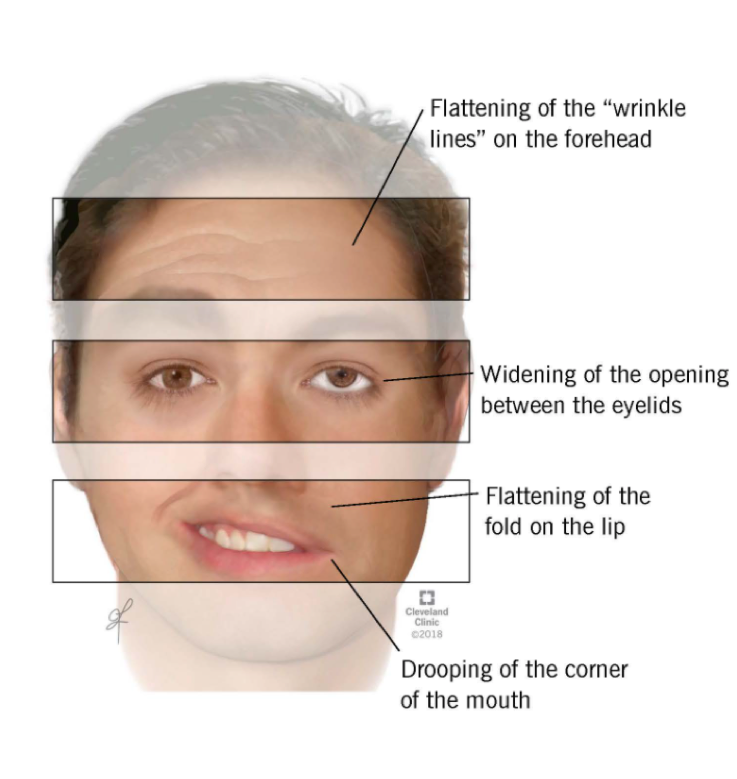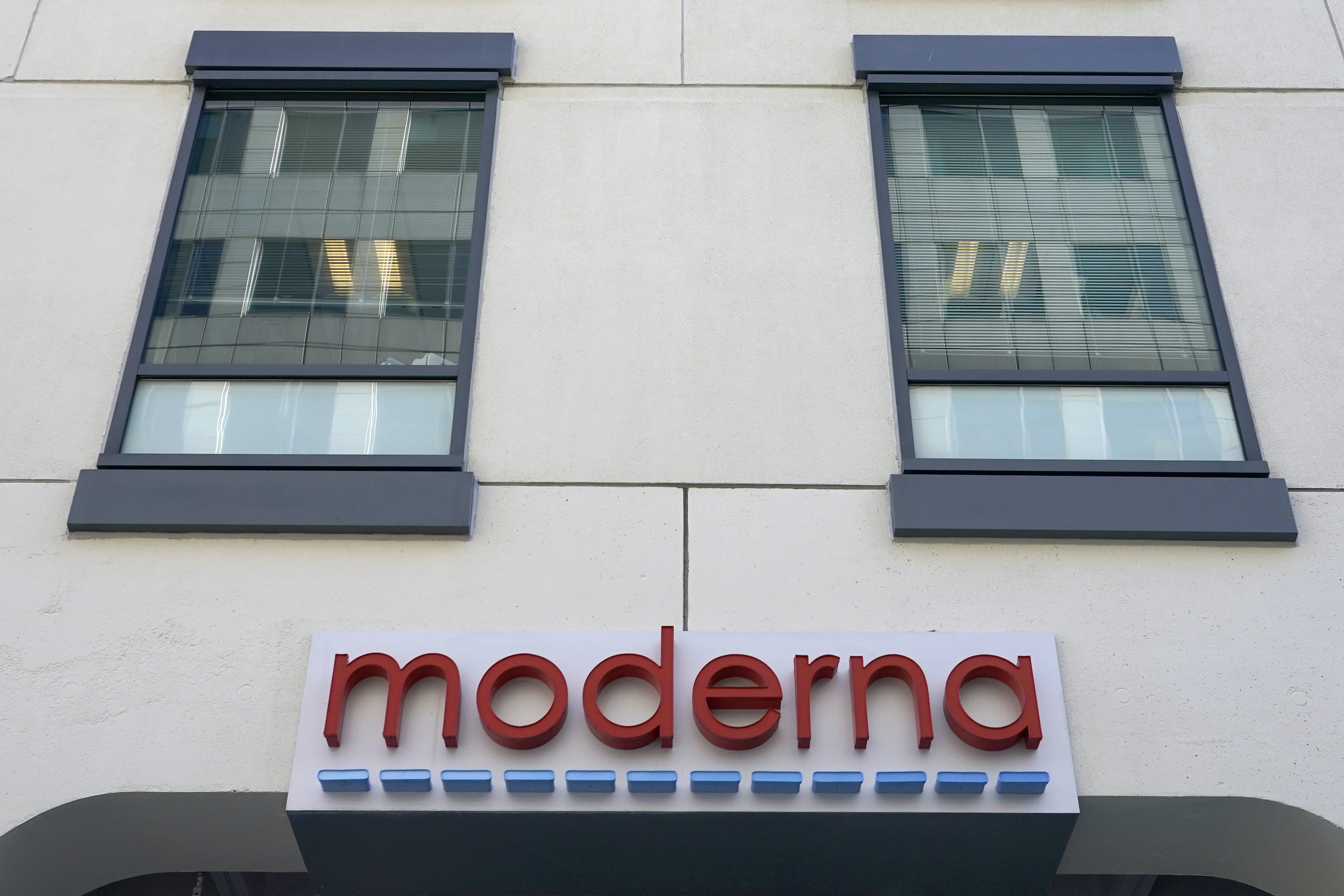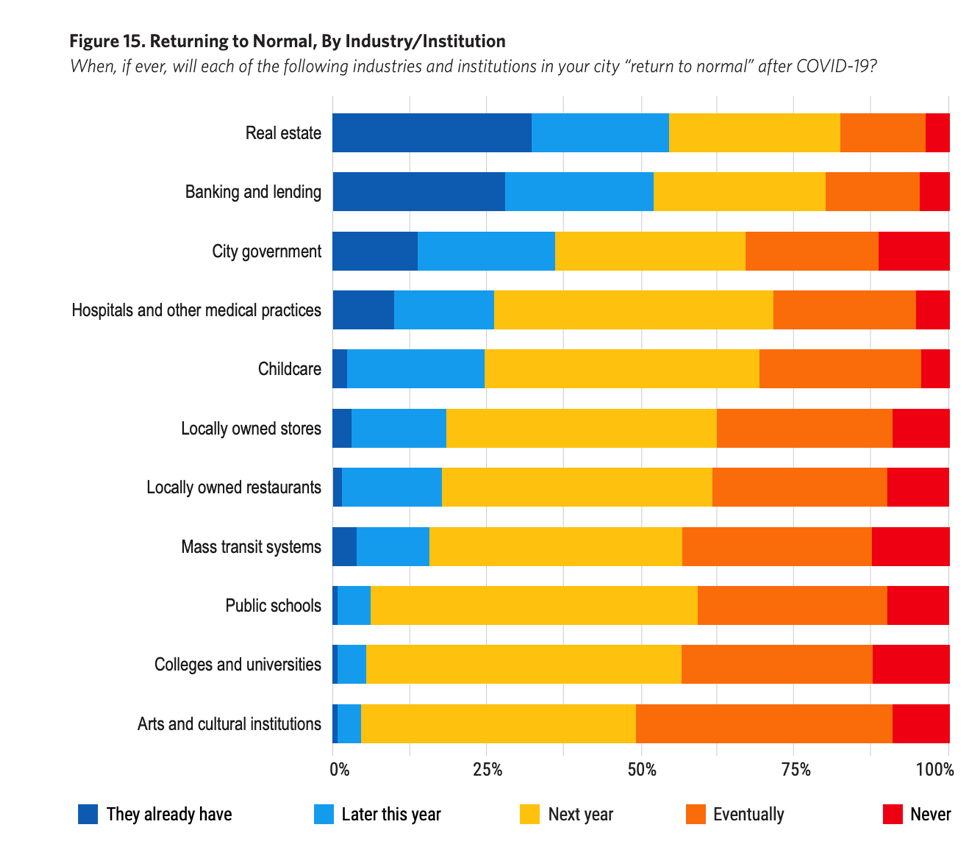 Covering COVID-19 is a daily Poynter briefing of story ideas about the coronavirus and other timely topics for journalists, written by senior faculty Al Tompkins. Sign up here to have it delivered to your inbox every weekday morning.
Covering COVID-19 is a daily Poynter briefing of story ideas about the coronavirus and other timely topics for journalists, written by senior faculty Al Tompkins. Sign up here to have it delivered to your inbox every weekday morning.
Every year my colleagues at PolitiFact pick a “lie of the year” that stirs anger and angst. I truly cannot imagine how one could pick among the truckload of lies that have come at us like mortar fire in 2020. But one lie stands above them all for PolitiFact, and this year, that lie was the many claims “that deny, downplay or disinform about COVID-19.”
PolitiFact says President Donald Trump “was the conductor, if not the composer. The message: The threat to your health was overhyped to hurt the political fortunes of the president.”
The lies about the virus were so plentiful that I sort of forgot about some of them until I read the PolitiFact column. How many times were we told the virus would disappear, that masks were not important, that the pandemic was overstated, and everyone who wanted a COVID-19 test would get one? Virus deniers said it would all go away after the election, then after the inauguration.
Yes, it has been quite a year of lies. But one stands above them all, because when you lie about pandemics and public health, people die.
Despite what Rush Limbaugh says, the AMA did not change its mind about hydroxychloroquine
In keeping with the theme of misinformation, Rush Limbaugh falsely reported this week that the American Medical Association “took back” its statement about hydroxychloroquine and now says doctors should consider recommending it to their patients. Except the AMA did no such thing.
It is true that the AMA considered a new statement on the drug when it met in November. But the AMA delegates stuck with their previous stance against it. Limbaugh’s website references this website as the source of Limbaugh’s misinformation but even that source has now backed down.
What is Bell’s palsy and why is it being mentioned in vaccine trials?
In the U.S. Food and Drug Administration’s data about Moderna’s coronavirus vaccine candidate, there is a mention of three cases of Bell’s palsy among the 30,000 participants. The FDA also mentioned a passing concern about Bell’s palsy in the Pfizer drug trial but in both cases stopped short of saying it is a side effect of the vaccination and should be studied more.
Detailed data just released by the FDA says three of the four participants in Moderna’s phase 3 trials who got Bell’s palsy received the vaccine instead of a placebo shot. Pfizer’s trial similarly had four reported cases of Bell’s palsy out of some 43,000 participants. All four Bell’s palsy cases in Pfizer’s trial got the vaccine and not the placebo.
Bell’s palsy is a sudden weakness of the facial muscles. It’s often temporary and significantly improves over weeks. The Mayo Clinic says, “The weakness makes half of your face appear to droop. Your smile is one-sided, and your eye on that side resists closing.”
In its trial report, Pfizer said that the incidence of Bell’s palsy in its trial is about the same as you would find among that many people in the general public in the duration of time the people were in the study:
“The observed frequency of reported Bell’s palsy in the vaccine group is consistent with the expected background rate in the general population, and there is no clear basis upon which to conclude a causal relationship at this time. Pfizer and BioNTech together with FDA will continue to monitor for cases of Bell’s palsy with deployment of the vaccine into larger populations.”
CNBC notes the FDA and the drug companies are taking this seriously:
Two of the cases of Bell’s palsy among Moderna’s vaccine group have since “resolved” while one was still ongoing at the time of the report, the FDA staff said. The vaccinated participants experienced the paralysis between 22 days and 32 days following inoculation, they said.
“Currently available information is insufficient to determine a causal relationship with the vaccine,” the FDA staff wrote.
Dr. Peter Marks, director of the FDA’s Center for Biologics Evaluation and Research, said in an interview with JAMA on Monday that the agency would be able to easily and quickly access data on Bell’s palsy cases once the vaccines are administered.
“Our working hypothesis is this just was an imbalance in background rates like we’ve seen in other trials, but we’ll make sure that we’re going to actually query for that just to bring that question to close,” Marks said.
By “resolved,” the statement refers to the fact that people usually lose the symptoms of the condition within six months. Health experts say Bell’s palsy may be a reaction to a viral infection and rarely occurs more than once. The Cleveland Clinic provides a visual of the symptoms:

(The Cleveland Clinic)
One of the more famous cases of Bell’s palsy occurred in 2017 when Angelina Jolie revealed she had the condition. The National Institute of Neurological Disorders and Stroke points out that Bell’s palsy is more common than you might think, affecting 40,000 Americans a year. It happens most commonly to people under age 15 and over age 60, but can show up in anybody.
Bell’s palsy happens more often with people who have the flu, a cold, diabetes, or who are pregnant.
Journalists, if you do something on this topic, it might be wise to mention that a drooping face can also be the sign of a stroke, which is both more serious and more common than Bell’s palsy.
An FDA advisory committee meets tomorrow to consider Moderna’s vaccine

The facade of Moderna, Inc. headquarters in Cambridge, Mass. The FDA said that a potential COVID-19 vaccine developed by Moderna appears safe and highly effective, bringing it to the cusp of U.S. authorization. (AP Photo/Elise Amendola)
Tomorrow, the FDA’s Vaccines and Related Biological Products Advisory Committee, which recommended the approval of the Pfizer vaccine, will meet again to consider the Moderna vaccine.
How far we have come in a week. One week ago, we tuned in to this committee’s eight-hour hearing and awaited a vote that would send the Pfizer vaccine to the FDA then to the Centers for Disease Control and Prevention. Now it is just another vaccine being considered by a bunch of experts on a committee you had never heard of.
But make no mistake, these meetings are a huge deal. Each drug added to the arsenal makes it possible to vaccinate millions more people faster. And each drug has to prove its effectiveness and safety. It is no small feat.
One of the big advantages of Moderna’s vaccine over Pfizer’s is the temperature at which it has to be stored. Pfizer’s vaccine must be kept extremely cold; minus 76 degrees Fahrenheit or colder. But Moderna’s vaccine can be stored at minus 4 degrees Fahrenheit, which is more in line with what you can expect from a home freezer. The Moderna vaccine can also be kept at a refrigerator temperature of around 36 degrees for a month. This drug will be a lot easier to transport and store.
A detailed report from the FDA staff to the advisory committee makes a few interesting points. So far, the Moderna trials have not turned up any problems with severe allergic reactions, which has captured some attention since British and U.S. authorities warned people who have severe allergies to not take the vaccine after a few people in Britain reported a reaction. The Moderna vaccine produced the same side effects as the Pfizer vaccine, with some patients feeling crummy for a day or two after the vaccination. But you should balance that against the fact that almost 95% of the people who got the vaccine developed the antibodies needed to prevent infection. To say that is good news is an understatement.
Of course, we still do not know yet how long the Moderna or Pfizer vaccines will last. Will they prevent COVID-19 for six months or six years? The only way to know for sure will be to track the patients who volunteered for the drug trials for a long time and to keep testing them, which is what the drug companies intend to do.
You can witness the Thursday hearings live directly from the FDA, on YouTube or on Facebook.
Should we pay people to take the COVID-19 vaccine?
If enough people refuse to take the COVID-19 vaccine and the virus keeps rolling on as a result, should we consider an incentive, such as paying people to get the shot? It may not be as “out there” as you might think. The New York Times notes, “Two prominent economists, N. Gregory Mankiw and Robert Litan, and the politicians John Delaney and Andrew Yang have proposed or supported paying Americans to receive the vaccine.”
But researchers have found that when you start paying people for compliance, it sends a signal that the vaccine must be unsafe or you would not be paying to have it administered. In fact, researchers found that the more money they offered, the more people perceived the vaccine to be unsafe.
A local TV station investigates the largest prison system in the country
I have mentioned that The Marshall Project is a partner in Poynter’s Covering Jails and Police project. Now Marshall and WFAA-TV in Dallas are working together to investigate the Texas prison system — the largest prison system in the country — which was understaffed and underfunded before the pandemic. Now its prisons are coronavirus incubators.
When prisoners set fires in state prisons to protest COVID-19 conditions, they did not get the attention they might have expected. Marshall reports:
The conflagrations don’t always have the intended effect; in fact, prison officials find them easy to ignore. That’s because more than 200 Texas prison buildings do not have working fire alarm systems.
The Marshall Project and WFAA’s review of state records found that the prison system has flouted fire-safety officials for at least a decade, every year failing to correct the same basic problems with non-functioning smoke and fire alarms and unsafe wiring. Many prison kitchens do not have adequate fire suppression systems, and some units have electrical wiring that is a hodge-podge of extension cords, according to records from the State Fire Marshal’s Office.
This is exactly the kind of work we need to focus attention on. Prisons and jails account for 249,000 COVID-19 cases and 1,657 deaths, not including 62,000 cases involving prison staff and at least 108 prison staff deaths.
This is a good place for me to mention that I will be leading eight one-hour virtual sessions on this very issue of covering jails and police reform in January. For the fourth year, the tuition is covered by a grant from our partners at the MacArthur Foundation. You can see the course lineup, guest faculty, schedule and application here. Sign up right away to reserve a spot.
What mayors are worried about: a survey
The new Boston University Menino Survey of Mayors shows they have a lot on their minds thanks to the pandemic. They worry about the future of small businesses and budget cuts lurking for schools. Their biggest current worry has to do with evictions:
Mayors are most worried about the long-term economic impact on minority residents and renters, and are most pessimistic about the education, transportation, and arts and culture sectors returning to normal.
The study adds:
Roughly, two in three mayors said that Latinos, renters, immigrants, and Black residents would still be feeling at least “a lot” of economic harm next summer, while far smaller proportions worried about homeowners (25 percent.)
Half of mayors think it will not be until after next year (2021) that arts and culture “returns to normal.”
More than 40 percent say the same about public schools, colleges and universities, and mass transit. In contrast, majorities of mayors say that real estate and banking and lending have either already returned to normal or will do so by the end of this year.
45 percent of mayors expect to make or see “dramatic” cuts to school budgets.
Thirty-eight percent expect dramatic cuts to parks and recreation funding, while approximately one in three mayors expect dramatic cuts to transit, roads, and social services.
The mayors say they believe a substantial number of us will work at home even when the pandemic ends. They wonder if we will ever return to big community events like concerts and festivals in the numbers we once did.

(Menino Survey of Mayors)
Besides all of the essential services that cities provide that are under assault, the survey surfaced concerns among mayors who hoped to make a unique mark on their communities through special efforts, like developing parks, building citywide free Wi-Fi and fixing roads. Those kinds of things will have to wait now. The study says:
Finally, COVID-19 related budget pressures and other COVID-19 effects will inevitably claim some initiatives mayors had in the pipeline. In response to an open-ended prompt, many, but not all, mayors noted initiatives that they can no longer pursue because of COVID-19. Such initiatives are another marker of the pandemic’s toll on cities. By far the most common responses concerned infrastructure or other capital projects — ranging from road maintenance and renovating parks to new public buildings, police stations, and schools. While many mentioned capital projects, the list of initiatives affected by COVID-19 is wide and long. Mayors mentioned initiatives ranging from after-school programs, to financial literacy, to free Wi-Fi, to giving city staff a raise.
Local TV station investigates cops
It has nothing to do with pandemics and COVID-19 but I want to point you to an outstanding piece of investigative reporting this week from CBS Chicago (WBBM), where Dave Savini has, once again, found police busting into a home with bad information. In this case, they held a social worker at gunpoint and in handcuffs while she pleaded to be allowed to put on clothes. It is all on video. And the case has been pending for two years. How long does it take to investigate something like this? Why does justice take so long?
I appreciate the straightforward and factual way Dave reports the piece. No crazy edits, no mood music. This is just one of many stories this station and this reporter have produced on police raiding the wrong places in Chicago. Bravo!
Most federal employees will get Christmas Eve off
President Trump signed an executive order giving federal employees an extra day off. The Federal News Network says it is not without precedent:
For the second year, Trump has chosen to buck the trend that previous presidents have often followed in granting federal employees time off before Christmas. The last time Christmas fell on a Friday was in 2015, when former President Barack Obama gave federal employees a half day off on Christmas Eve. He did the same thing in 2009, when Christmas again fell on a Friday.
This is the third year in a row that Trump (has) given federal employees an extra day off before Christmas. He closed federal agencies last year, the first president since Franklin D. Roosevelt to grant the day off on Dec. 24 when Christmas Eve fell on a Tuesday.
Trump also gave federal employees the day off back in 2018, when Christmas Eve fell on a Monday.
Some post offices will close early on Christmas Eve.
Taco Bell is bringing back its $1 Loaded Nacho Taco on Christmas Eve, too. So there’s that.
We’ll be back tomorrow with a new edition of Covering COVID-19. Sign up here to get it delivered right to your inbox.








